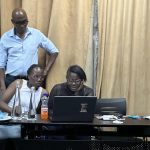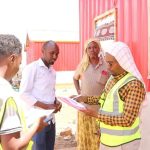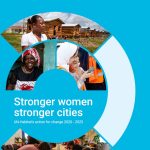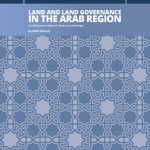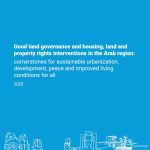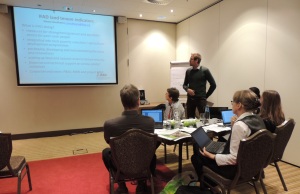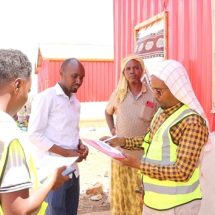The meeting begun on 8 November 2013 at Hotel Hampshire Babylon hotel, The Hague, The Netherlands, and brought together agencies working on land in general, and with interest in land indicators in particular. The agencies are interested in developing and collecting common land indicators whilst leveraging on resources to deliver on MDG recommendations. Participants will steer and facilitate the process of establishing a system or a roadmap to monitor security of land tenure in order to prepare generic and context-specific guidelines, framework and possibly guide capacity development in land indicator collection and use.
Introduction: The Issue
The gap in measuring and ascertaining tenure security is a major obstacle to the improvement of tenure security. Although there are many indicators and assessments available for measuring land governance and land tenure, globally comparable data on various aspects of land do not exist. Indicator definitions, frequency and methods of collection vary and coverage is usually limited to a small subset of countries or project areas. With the rising need for global land monitoring mechanisms, including the upcoming post 2015 Sustainable Development Goals, the Voluntary Guidelines, the African Land Policy Framework and Guidelines (F&Gs) and the Food Security Learning Framework, there is a need to develop a common framework for regularly and consistently collecting and monitoring key land indicators, applicable at a global, regional, country and project level.
Background to the EGM
In September 2012, the Millennium Challenge Corporation (MCC), UN-Habitat and the World Bank met in Naples and began a series of discussions on how to advance the harmonization of global land indicators in a consultative way. On 06 April 2013, the Global Land Tool Network (GLTN) hosted an Expert Group Meeting (EGM) in Washington DC jointly convened by the MCC, UN-Habitat and the World Bank. This EGM discussed a draft land indicator framework and discussed ways in which a roadmap on land indicators could be developed, particularly in the context of the post-2015 development agenda and the need for annual land monitoring mechanisms for the VGs and F&Gs. Participants agreed on key messages, a roadmap for action leading up to this EGM, and requested the convenors to implement the roadmap.
Objectives of the EGM
Participants will be called upon to reflect and deliberate on the following;
- What are the involvements of partners in developing land indicators and what are their engagements in the global discussion on post-2015 development agenda?
- Assessment of the ‘action plan on land indicators’ (results issues paper, database, e-consultation) and what are the opportunities for further engagement by partners to best support the advancement of land indicator initiative?
- What are key criteria and principles for selecting indicators and developing data collection and analysis system? (e.g sustainability, measurable, cost effectiveness)? What methods, systems and approaches are appropriate to sustain the annual collection and analysis of data at a reasonable cost?
- How to effectively formulate selected and short-listed indicators to provide the adequate support for globally and regionally and country relevant tenure security (particularly in relation to the continuum of rights/ incremental approaches) and land governance as a whole?
- How is your organization currently implementing land indicator monitoring and evaluation whether at a project or national level?
- What is the level of engagement by your organization in the global discussion on post-2015 development agenda and the monitoring of the VGs, F&Gs and other initiatives?
- What are opportunities for proposing land-related indicators to support goals and targets identified in the draft High Level Panel Report on post 2015 development agenda as well as other land initiatives (VGs, F&Gs, FSLF)? How can participating institutions best link, relate and influence the inclusion of land indicators in global and regional land processes, particularly with respect to the post-2015 development agenda?
- Where have (concrete countries and case studies) land indicators been piloted and could be showcased to strengthen the case for global land indicator monitoring at the country level?
- What are the possible next steps and elements for a joint action plan or work plan (one year)?
Expected outcomes:
- Identification of opportunities to align or harmonize various participating institutions involvement and interest in the land indicators initiatives, particularly the post-2015 development agenda;
- Agreement on the process of selecting a set of land indicators including the definitions, mechanisms and systems required to support regular collection and analysis of land indicators;
- An action plan and roadmap are developed and agreed upon
For further information about the EGM, please click here for the brief.

